Pre-employment assessments have become common today and can be incredibly useful as a filter for streamlining the right candidates. However, they also have a downside – the wrong pre-employment assessment could be filtering out the right candidates, leaving a smaller pool to chose from and sending exceptional talent away. If you’re currently using a pre-employment assessment for your interview process then there are a few questions you might need to consider.
Do pre-employment assessments make businesses blinkered?
It’s important to have a solid set of criteria for the role in question at the start of the recruitment process. However, sometimes adhering too closely to the results of a test designed to pass only those who meet these criteria can result in a blinkered recruitment process. Some of the most exceptional candidates may not tick the standard boxes – they could be just short of experience or have had a slightly unconventional route to a current role. However, if they are filtered out right at the start of the process then there is no way of knowing what else they might have had to add. If you’re using pre-employment assessments it’s crucial to allow for some flexibility and the odd maverick.
Is the results: time taken ratio justifiable?
Pre-employment assessments take time. The question is whether the time and resources that they take up are justifiable in terms of the value that they add to the employment process. If the timescales are too long then this not only slows things down internally but could result in candidate attrition too. The key to ensuring that pre-employment assessments don’t vastly increase the time to hire is:
- Make them simple. If you’re setting pre-employment assessments that are incredibly time consuming for candidates then you could be losing large numbers who just don’t want to dedicate the time to it. We’re in a candidate driven market right now so this needs to be a consideration for even the biggest brand names
- Evaluate the process. Are you asking questions where there is just a single right answer? If so then you’re going to find it far easier to judge the assessment and to rate candidates against each other.
- Ensure that it’s a dedicated task. If you’re going to use pre-employment assessments, management should be a dedicated task for someone internally. If processing them is a job that is never prioritised then this can lengthen the hiring process significantly.
Are you testing for the right traits?
It is crucial to define what you’re testing for at the start of the process if you want to avoid losing candidates who could be perfect for a role. What traits are required for the role and would current employees who you believe possess them pass if they were at the candidate stage?
There is, in principle, nothing wrong with using pre-employment assessments to filter out candidates. It’s only when these assessments are untested or don’t have quite the right formula that they can prove problematic. If you’d like advice on this, or any other aspect of your recruitment process, please get in touch.
Contact 2i Recruit


